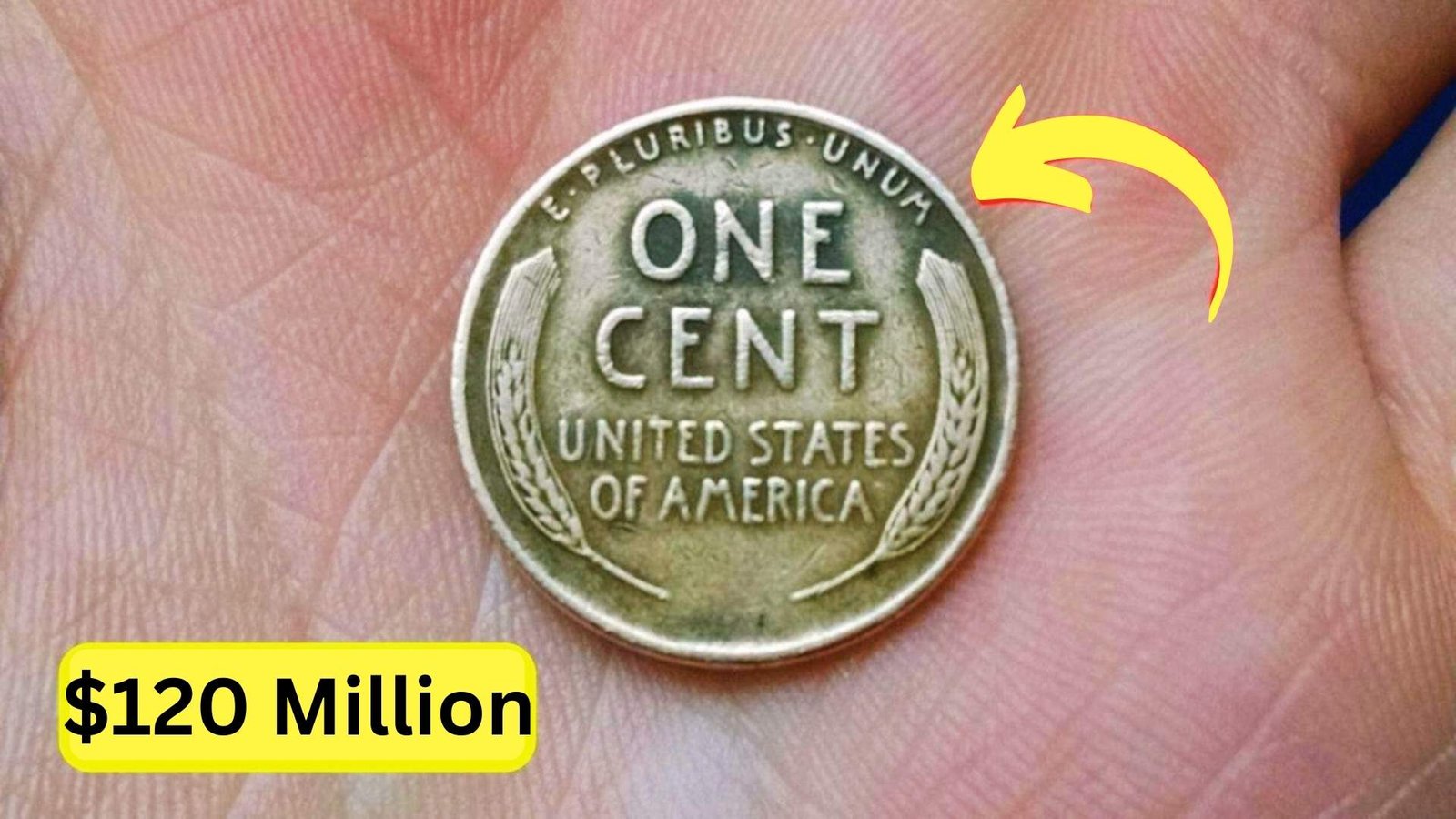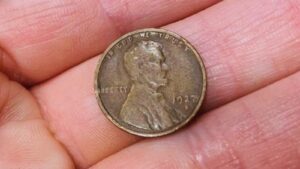What if the change rattling in your pocket carried a secret worth more than a luxury mansion? Rumor has it that a Lincoln Wheat Penny valued at $120 million could still be hiding in circulation. Collectors are buzzing, hobbyists are searching, and everyday people might be spending a fortune without even knowing it.
What Is the Lincoln Wheat Penny?
The Lincoln Wheat Penny, first minted in 1909, features Abraham Lincoln on the obverse and two wheat stalks on the reverse. Produced until 1958, these coins are beloved by collectors. But among the millions made, a few error coins and ultra-rare variations stand out, with values skyrocketing to jaw-dropping figures.
The History Behind This Coin
The Wheat Penny was designed by Victor David Brenner to commemorate Lincoln’s 100th birthday in 1909. Over the decades, unusual minting errors and rare compositions — like the famous 1943 copper penny — turned some into legendary treasures. While most Wheat Pennies are only worth a few cents, the rarest can command millions at auction.
Key Wheat Penny Varieties and Values
| Year/Type | Composition | Approx. Value |
|---|---|---|
| 1909-S VDB | Copper | $700 – $2,000+ |
| 1943 Copper (error) | Copper instead of steel | $100,000 – $1,700,000 |
| 1944 Steel (error) | Steel instead of copper | $75,000 – $200,000 |
| 1955 Double Die Obverse | Copper | $1,000 – $20,000+ |
| “$120M Rumored Penny” | Unknown rarity | Up to $120,000,000 |
Why This Penny Is Valuable Today
So why would a Lincoln Wheat Penny reach a rumored value of $120 million? It comes down to rarity, condition, and demand. Coins with minting errors or unique compositions are one-of-a-kind. When collectors compete for ownership, the price skyrockets. In fact, wealthy investors see rare coins as a safe store of value, similar to art or gold.
How You Could Benefit — And Spot One
You might not believe it, but some of these rare pennies still surface in pocket change, garage sales, and old family coin jars. Here’s what to look for:
- Check the Date & Mintmark — Look for 1909-S VDB, 1943 copper, or 1944 steel.
- Inspect for Errors — Doubling in letters, unusual shine, or off-metal strikes.
- Condition Matters — Uncirculated coins are worth far more than worn ones.
Condition vs. Value for Rare Wheat Pennies
| Condition | 1943 Copper Value | 1955 Double Die Value |
|---|---|---|
| Circulated | $100,000+ | $1,000 – $5,000 |
| Fine | $250,000+ | $10,000 – $15,000 |
| Uncirculated | $1,000,000+ | $20,000 – $40,000 |
Jaw-Dropping Facts About Wheat Pennies
- A 1943 copper penny once sold for $1.7 million.
- Less than 20 genuine 1943 copper pennies are known to exist.
- Some error Wheat Pennies are so rare that only one or two are confirmed worldwide.
Expert Insights: Don’t Overlook Your Change
Coin experts recommend always checking pocket change and rolls from the bank. Using a magnifying glass helps catch doubling errors. And if you suspect you’ve found a rarity, get it graded by PCGS or NGC before selling — certified coins command much higher prices.
FAQs
Q: Could there really be a $120 million penny?
A: While the figure is debated, rare Wheat Pennies have sold for millions, and speculative values can climb based on rarity hype.
Q: Are Wheat Pennies from the 1950s valuable?
A: Most are common, worth only a few cents, unless they feature major errors.
Q: How do I know if my penny is special?
A: Look for rare dates, unusual mintmarks, or visible doubling errors.
Conclusion: The $120 Million Question
The story of the Lincoln Wheat Penny valued at $120 million reminds us that history can hide in the smallest places — even in our spare change. Whether the legendary penny is still out there or not, one truth remains: every Wheat Penny holds a story, and some hold fortunes. So next time you spot one, don’t just toss it aside. It could be your ticket to unexpected wealth.




